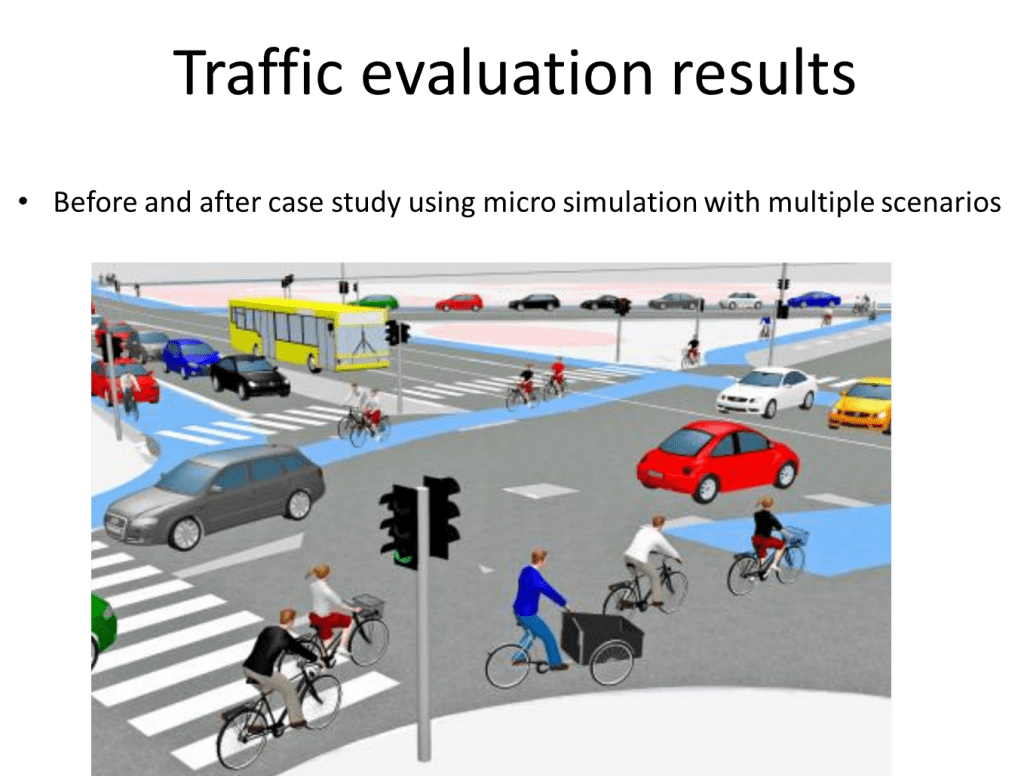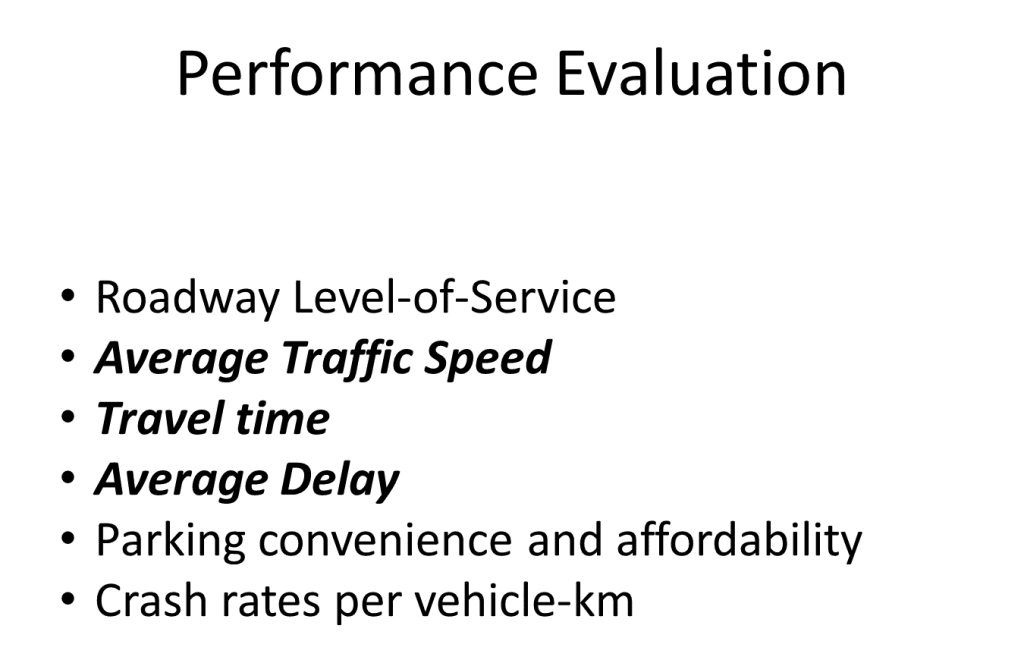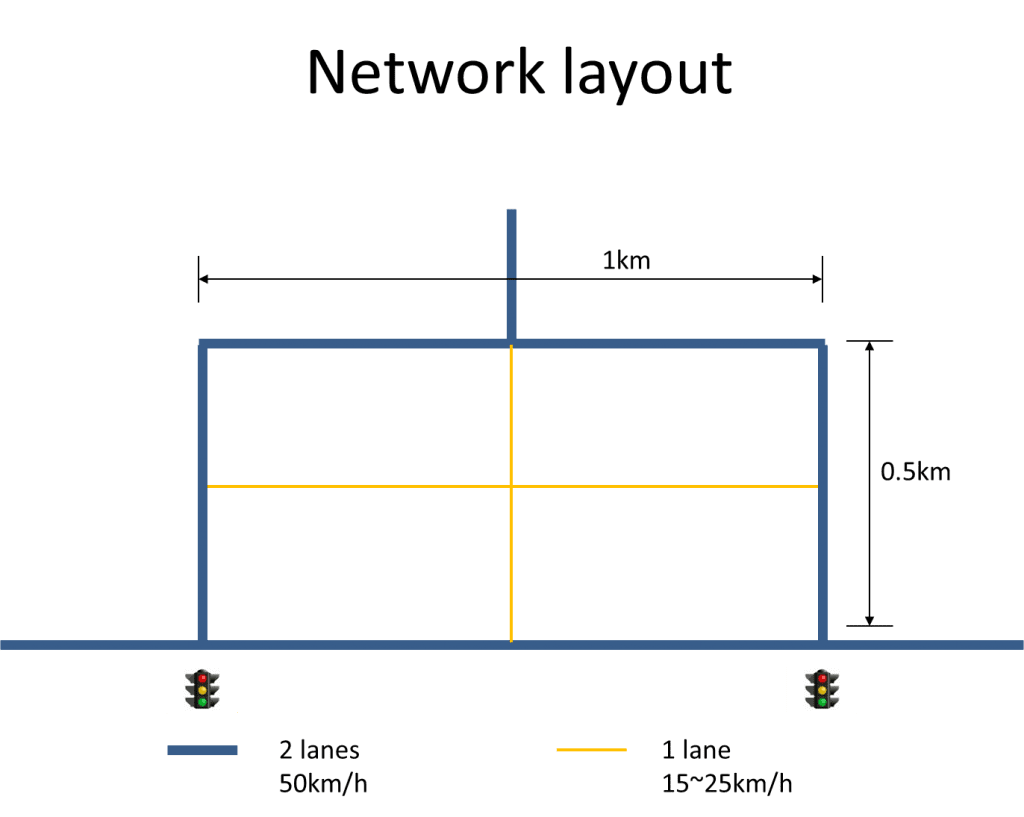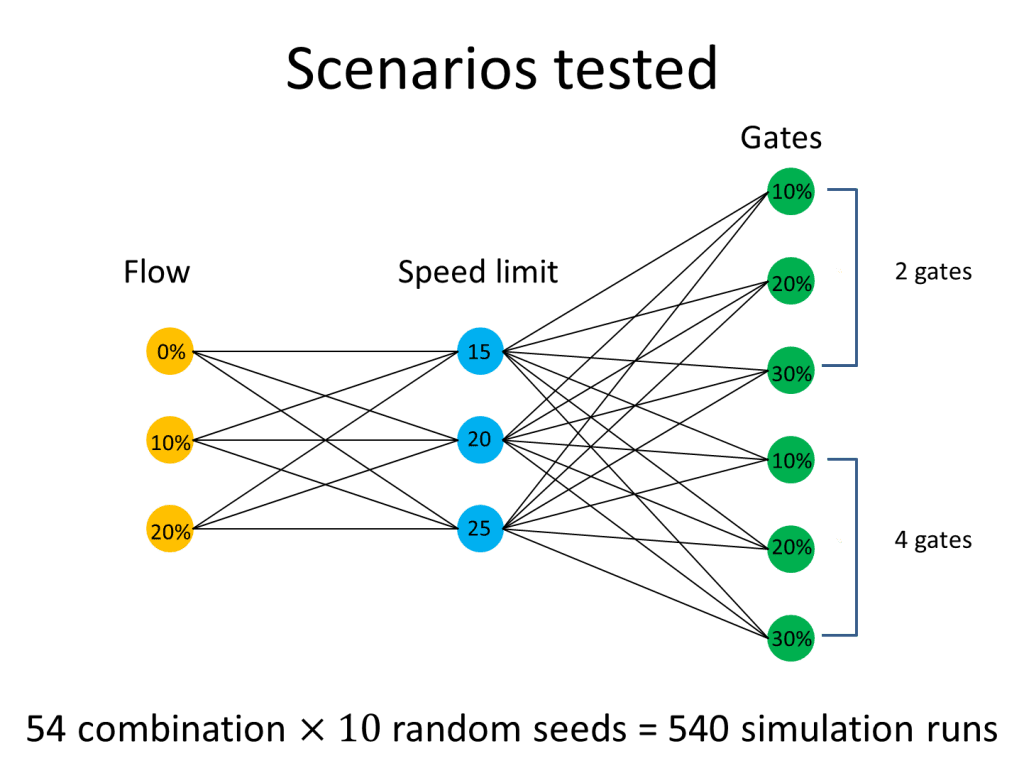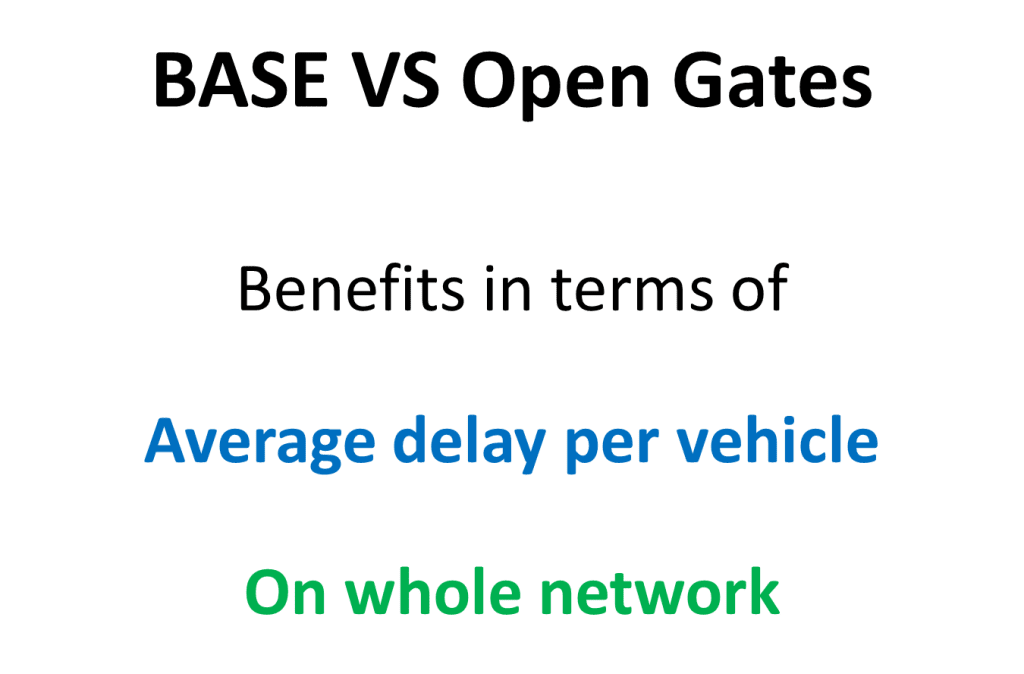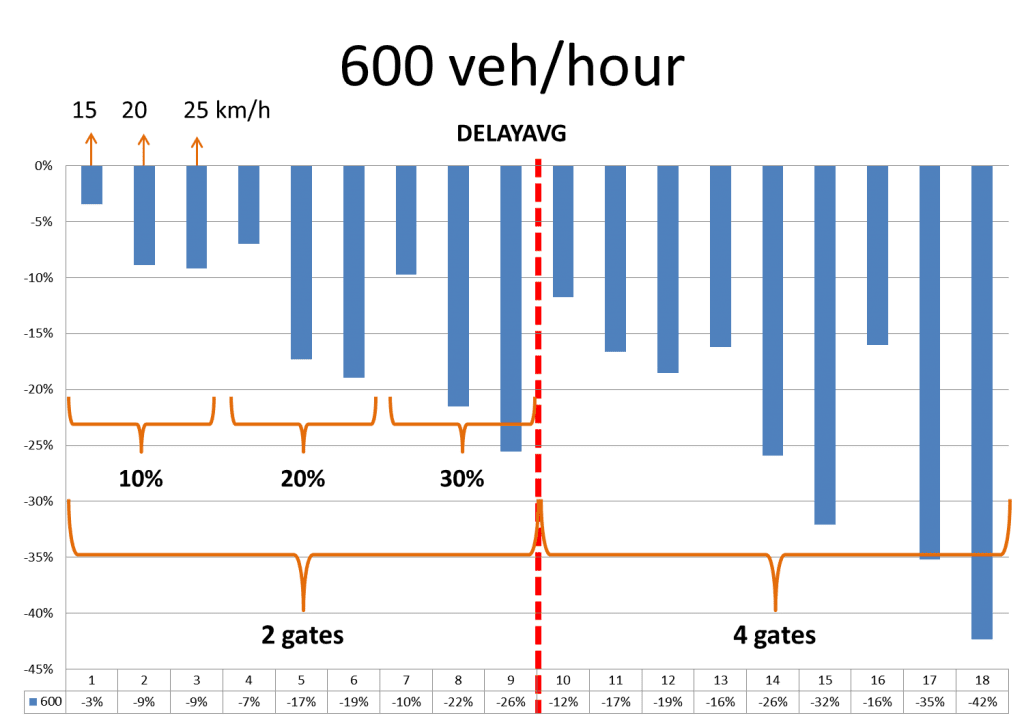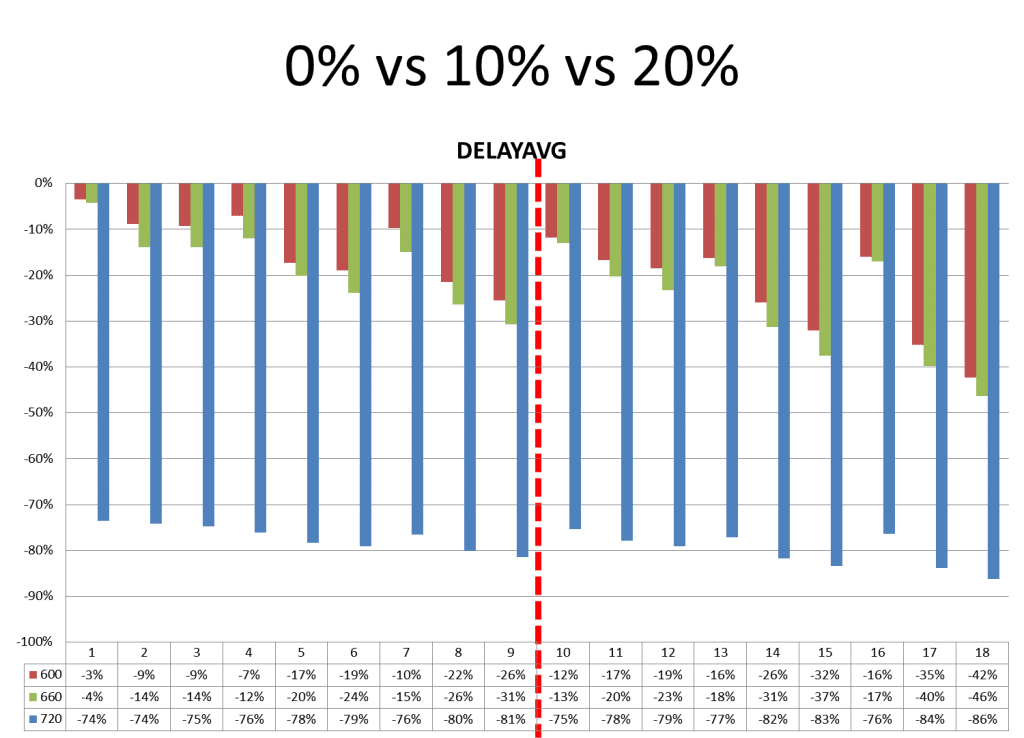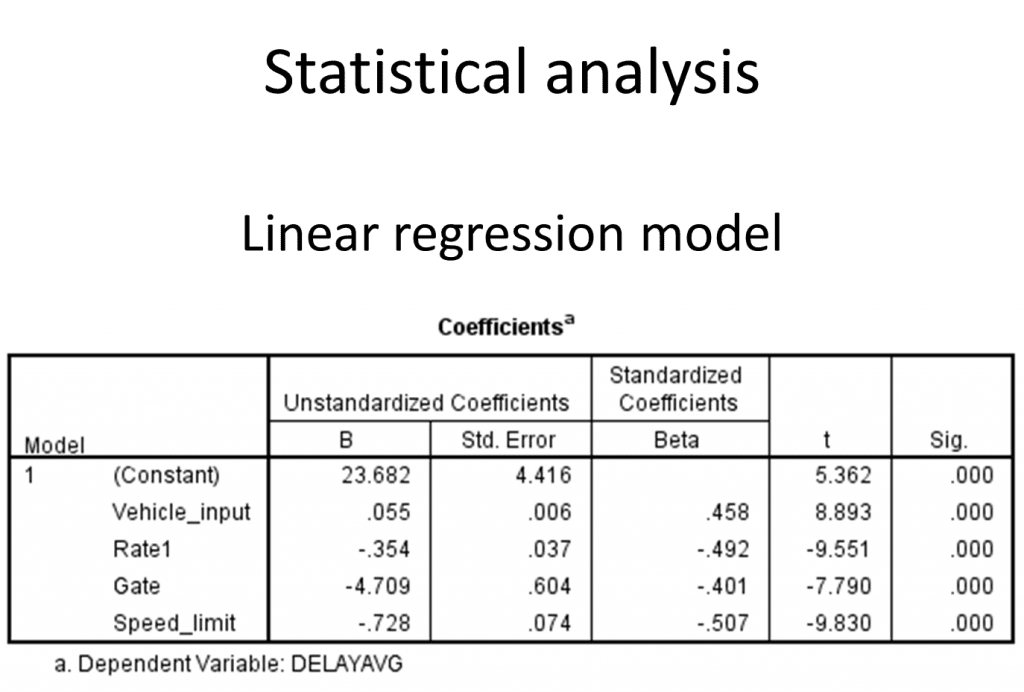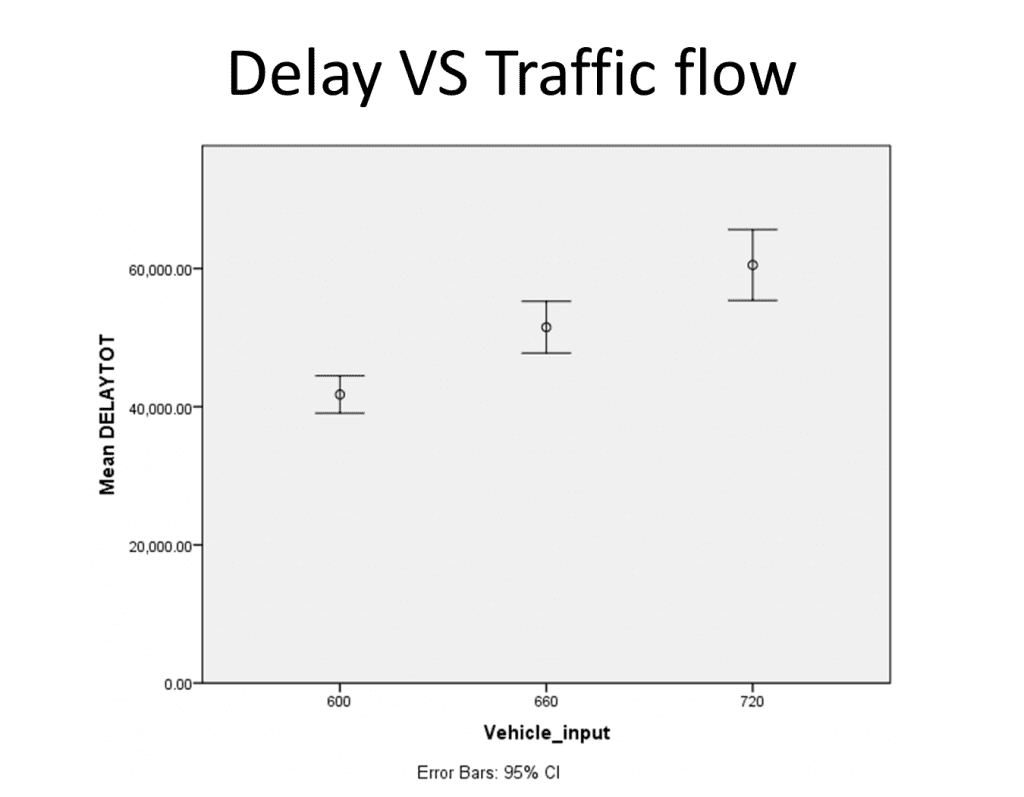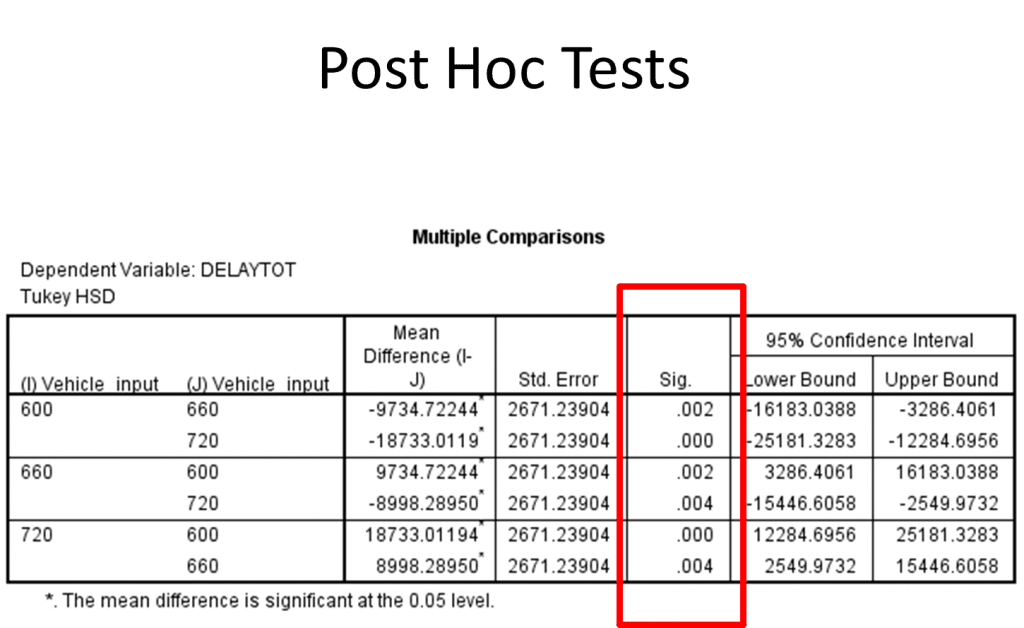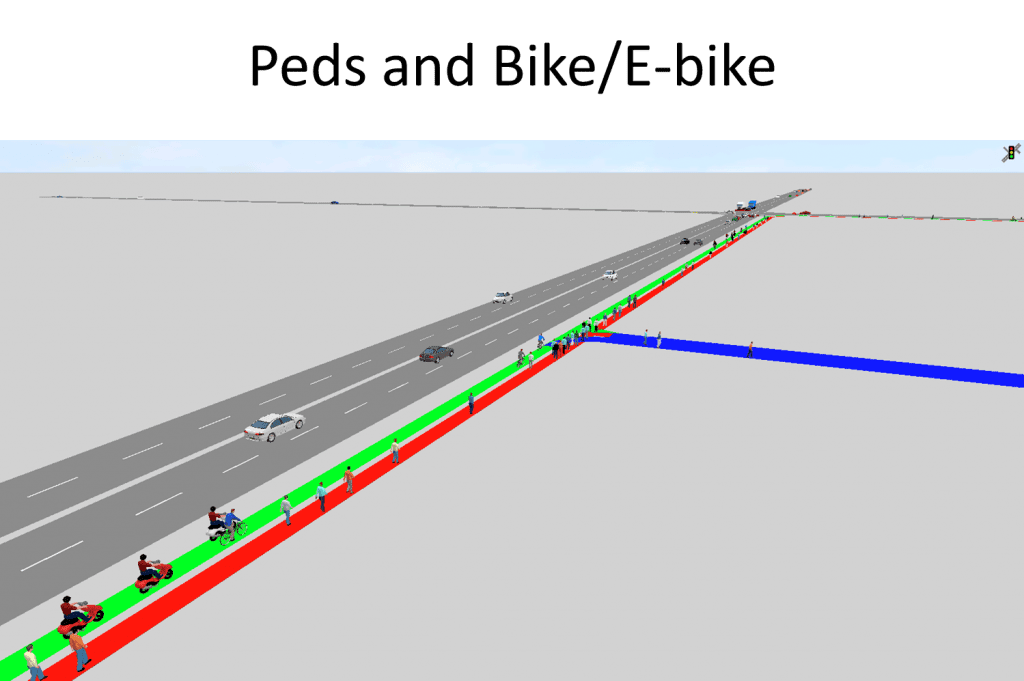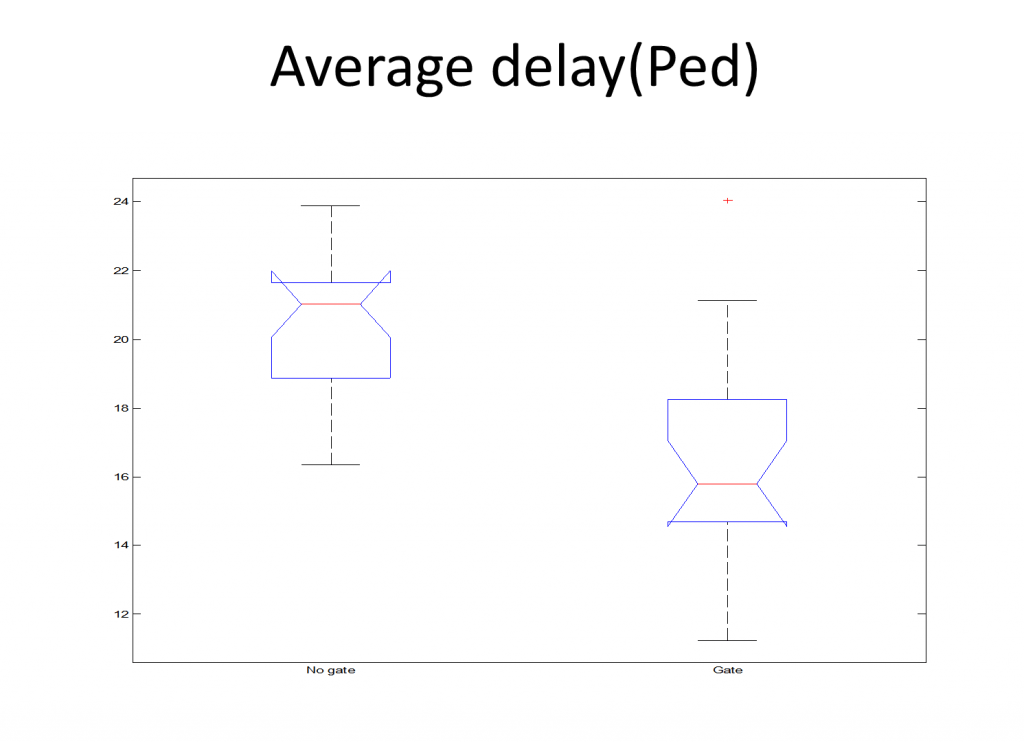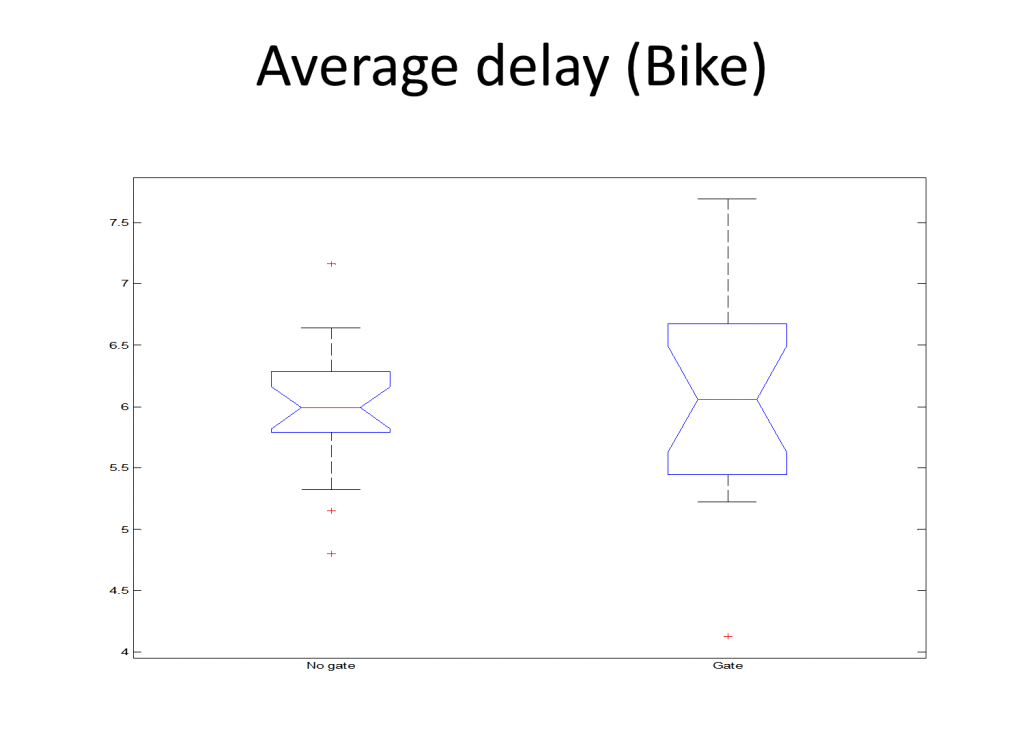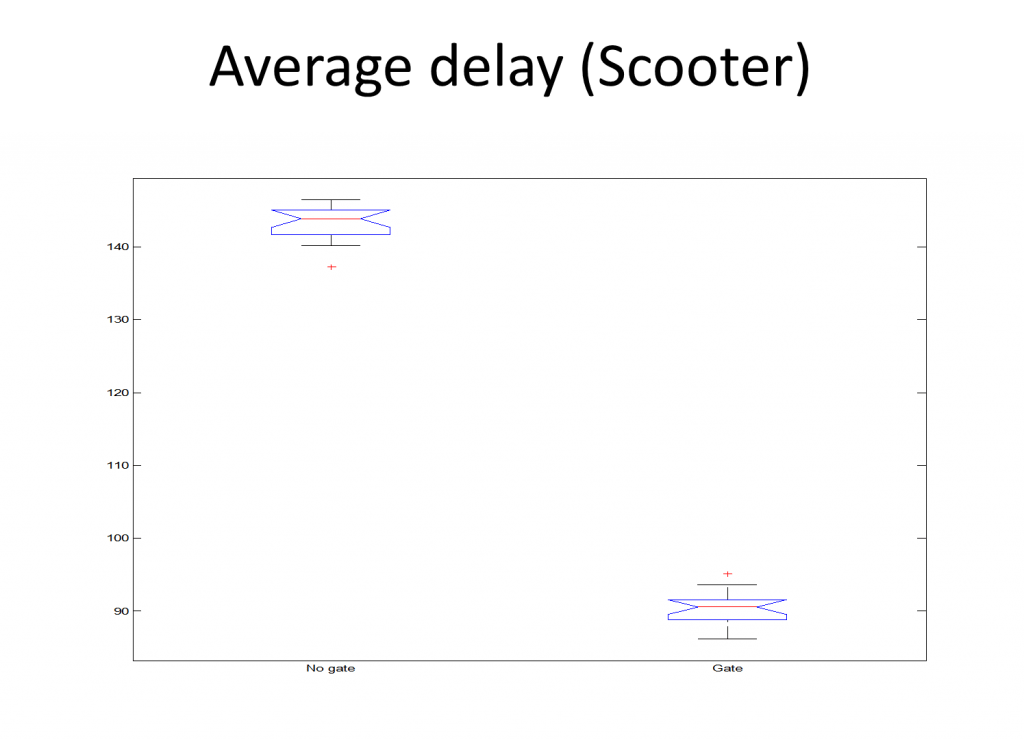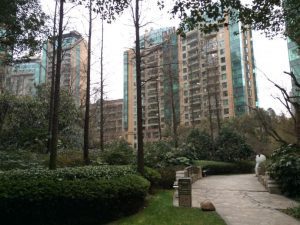
A gated community in Shanghai
Chinese leadership under Xi Jinping is keen to improve traffic congestion in a variety of ways. Among pledges to create greener cities with more public transport, the ruling contained the apparently throwaway line that no more enclosed residential compounds will be built in principle and existing residential and corporate compounds will gradually open up so the interior roads can be put into public use. This would save land and help reallocate transport networks.
Our research team is now closely working with a Suzhou local company, CCDI to develop the index to evaluate the impact after implementing this program in China.
